ERP Automation Tips for Your Supply Chain
ERP Automation is our constant effort to reduce the amount of human work and replace it with controlled ERP system processes. By integrating ERP automation into our operations, we streamline tasks, improve efficiency, and minimize errors that can arise from manual handling.
Our ERP supply chain includes the businesses we get our materials from, as well as their suppliers, and all the transportation and buffering links along the path. Our business is part of our customers' supply chains too. How far back to go depends on our particular needs. For instance, does the food supply chain start with the farmer, or does it begin with the farmer’s seed supplier? By leveraging ERP logistics, we can effectively manage and track every element within this intricate network, ensuring optimal performance and reducing lead times.
What can we hope for from ERP supply chain automation?
One of the primary benefits is the improvement in visibility across the entire supply chain. ERP supply chain management allows us to reliably predict when our delivery will arrive and plan what we will do next. This visibility and predictive capability are crucial for businesses across industries.
For example, reliable deliveries are vital to a retailer who needs baseball bats in store before Little League season begins. They are equally important for a manufacturer who places an order for a component with a 15-week lead time. All the other materials needed will be ordered to arrive at the same time. They will reserve plant capacity or even hire additional people to work with the 15-week component.
What role does ERP automation play in creating a lean supply chain?
Imagine an ERP system where real and anticipated demand flows unhindered all the way to the first link of the supply chain. Real demand is a purchase order, but it is not necessarily a piece of paper. Anticipated demand might be a planned order signaling potential demand to allow planning along the supply chain but not execution. That flow of information could be through many businesses, each with their own ERP system, all communicating with each other.
Information back for the delivery can also be automatic. We could calculate the optimum delivery path for this one order and reserve a container, a ship, a rail car instantly and automatically. ERP automation ensures that as the order moves, we have electronic invoicing and electronic payments automatically created, reducing the need for manual intervention.
How does ERP and SCM integration impact real-time decision-making?
We could move to a closed-loop system where we and all the others in our supply chain team are managing exceptions and no longer simply handling transactions. ERP and SCM (Supply Chain Management) integration allows KPIs at every stage of the supply chain to be monitored in real-time. Data can be collected automatically along the chain, which is used to continuously revise the optimal path and strengthen all the links of the chain. This real-time data analysis helps us search for waste anywhere along the supply chain and reduce it, leading to a true lean supply chain.
Automation is the key to futureproofing your business
Incorporating these advanced ERP automation techniques not only enhances supply chain efficiency but also ensures that your business remains agile and responsive in a highly competitive market.
As technology continues to advance, the integration of AI, machine learning, and IoT with ERP systems will bring even more opportunities for optimization and innovation in supply chain management. Staying current with these developments will enable your business to adapt to changing conditions and maintain a competitive edge. By embracing these technologies, you're not just optimizing for today—you’re preparing your business to thrive in the future.
Conclusion
ERP automation and supply chain management are critical components of a successful business strategy. By improving the efficiency, visibility, and reliability of your supply chain, you set your business up for sustained growth and resilience. Investing in these technologies now will help you navigate the challenges of today’s markets and ensure long-term success.
Free white paper
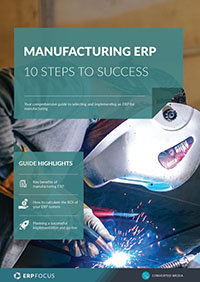
Manufacturing ERP: 10 steps to success
Complete step-by-step guide to manufacturing ERP software
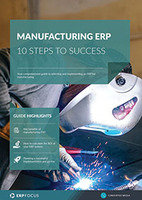
Featured white papers
-
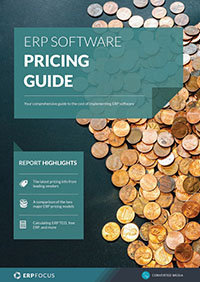
ERP Software Pricing Guide
Get the latest pricing information on over 80 popular ERP systems, and learn how to budget for your ERP project in our free guide
Download -
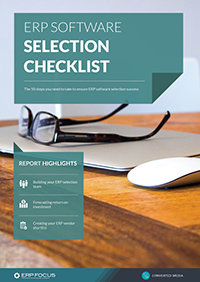
60-Step ERP Selection Checklist
Get the comprehensive checklist for your ERP selection project
Download -
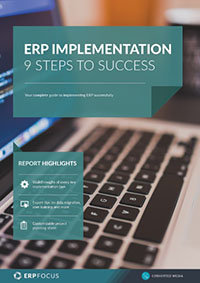
ERP Implementation: 9 steps to success
The 9 proven steps you should follow when implementing ERP
Download
Related articles
-

ERP & Logistics: Optimizing the Supply Chain
Read about the steps you can take to optimize your supply chain through ERP software logistics ma...
-

CMMC Compliance: What Aerospace and Defense Manufacturers Need to Know
Key insights on CMMC compliance, deadlines, and securing DoD contracts with CMMC 2.0 certificatio...
-

3 causes of ERP supply chain management failure
Supply chains can fail for any number of reason, many of which are beyond our control. We can, ho...

